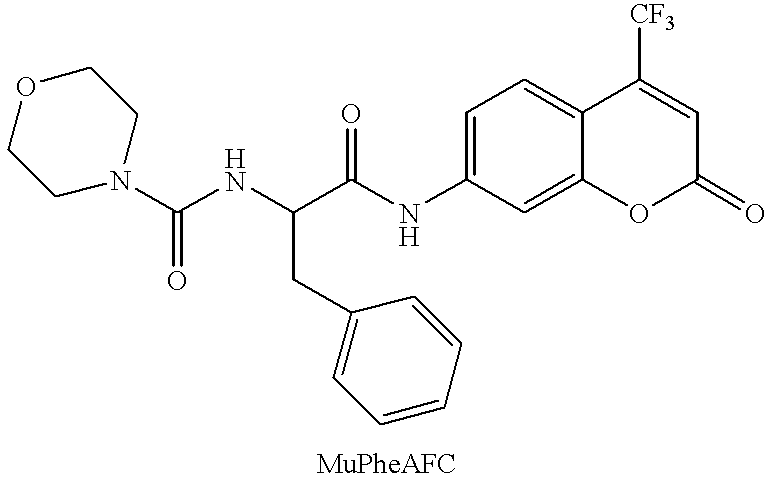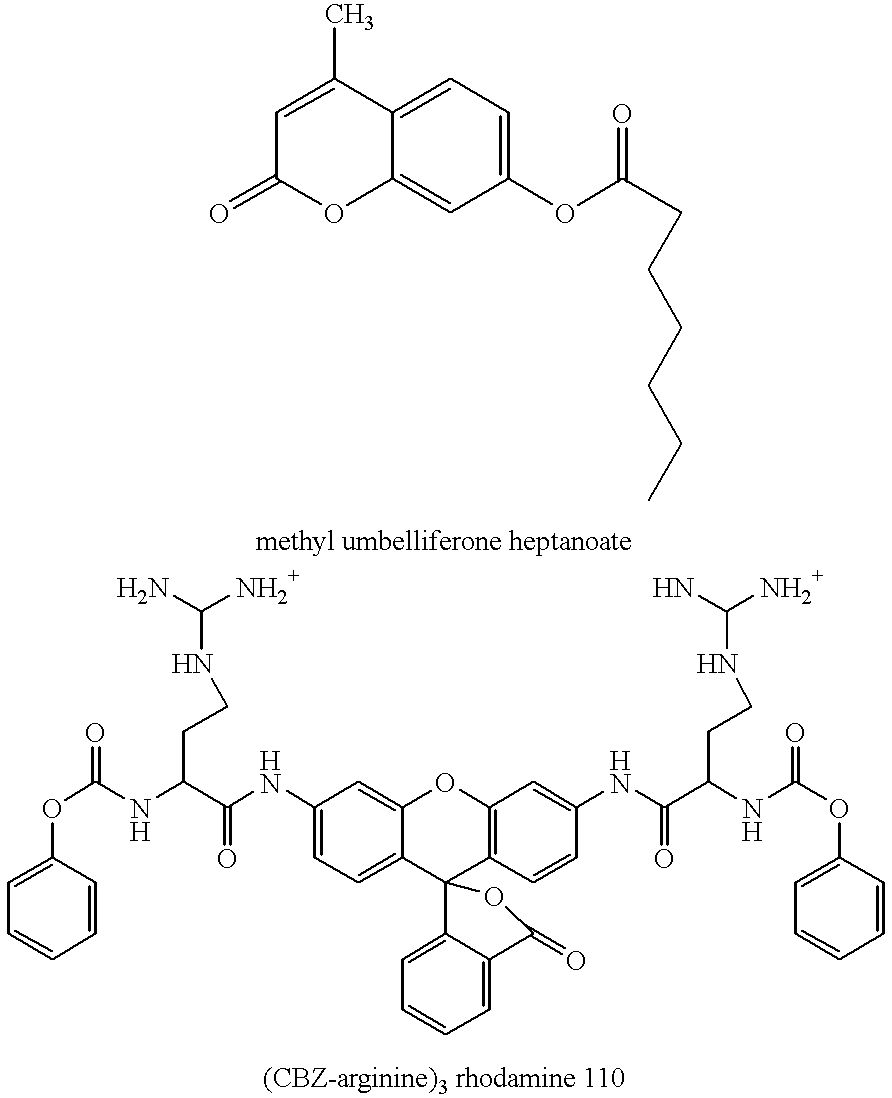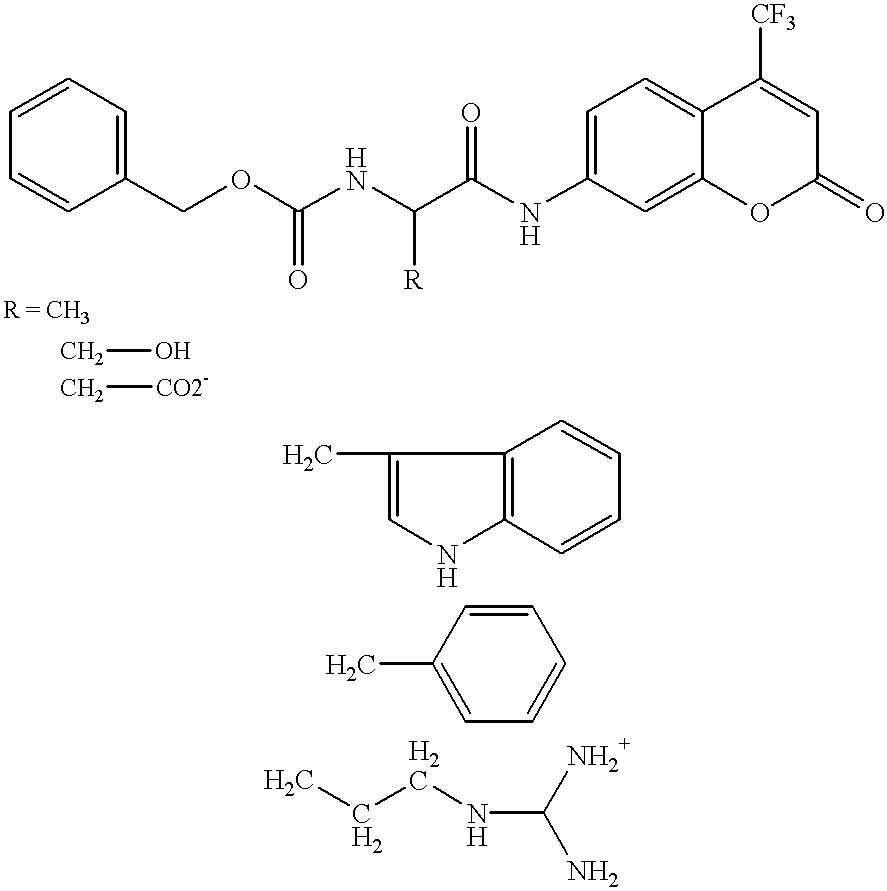Gene expression library produced from DNA from uncultivated microorganisms and methods for making the same
- Summary
- Abstract
- Description
- Claims
- Application Information
AI Technical Summary
Benefits of technology
Problems solved by technology
Method used
Image
Examples
example 3
Construction of a Stables Large Insert Picoplankton Genomic DNA Library
FIG. 5 shows an overview of the procedures used to construct an environmental library from a mixed picoplankton sample. A stable, large insert DNA library representing picoplankton genomic DNA was prepared as follows.
Cell collection and preparation of DNA. Agarose plugs containing concentrated picoplankton cells were prepared from samples collected on an oceanographic cruise from Newport, Oregon to Honolulu, Hi. Seawater (30 liters) was collected in Niskin bottles, screened through 10 .mu.m Nitex, and concentrated by hollow fiber filtration (Amicon DC10) through 30,000 MW cutoff polyfulfone filters. The concentrated bacterioplankton cells were collected on a 0.22 11 m, 47 mm Durapore filter, and resuspended in 1 ml of 2.times.STE buffer (1M NaCl, 0.1M EDTA, 10 rnM Tris, pH 8.0) to a final density of approximately 1.times.10.sup.10 cells per ml. The cell suspension was mixed with one volume of 1% molten Seaplaque ...
PUM
| Property | Measurement | Unit |
|---|---|---|
| Volume | aaaaa | aaaaa |
| Volume | aaaaa | aaaaa |
| Volume | aaaaa | aaaaa |
Abstract
Description
Claims
Application Information
 Login to View More
Login to View More - R&D
- Intellectual Property
- Life Sciences
- Materials
- Tech Scout
- Unparalleled Data Quality
- Higher Quality Content
- 60% Fewer Hallucinations
Browse by: Latest US Patents, China's latest patents, Technical Efficacy Thesaurus, Application Domain, Technology Topic, Popular Technical Reports.
© 2025 PatSnap. All rights reserved.Legal|Privacy policy|Modern Slavery Act Transparency Statement|Sitemap|About US| Contact US: help@patsnap.com



